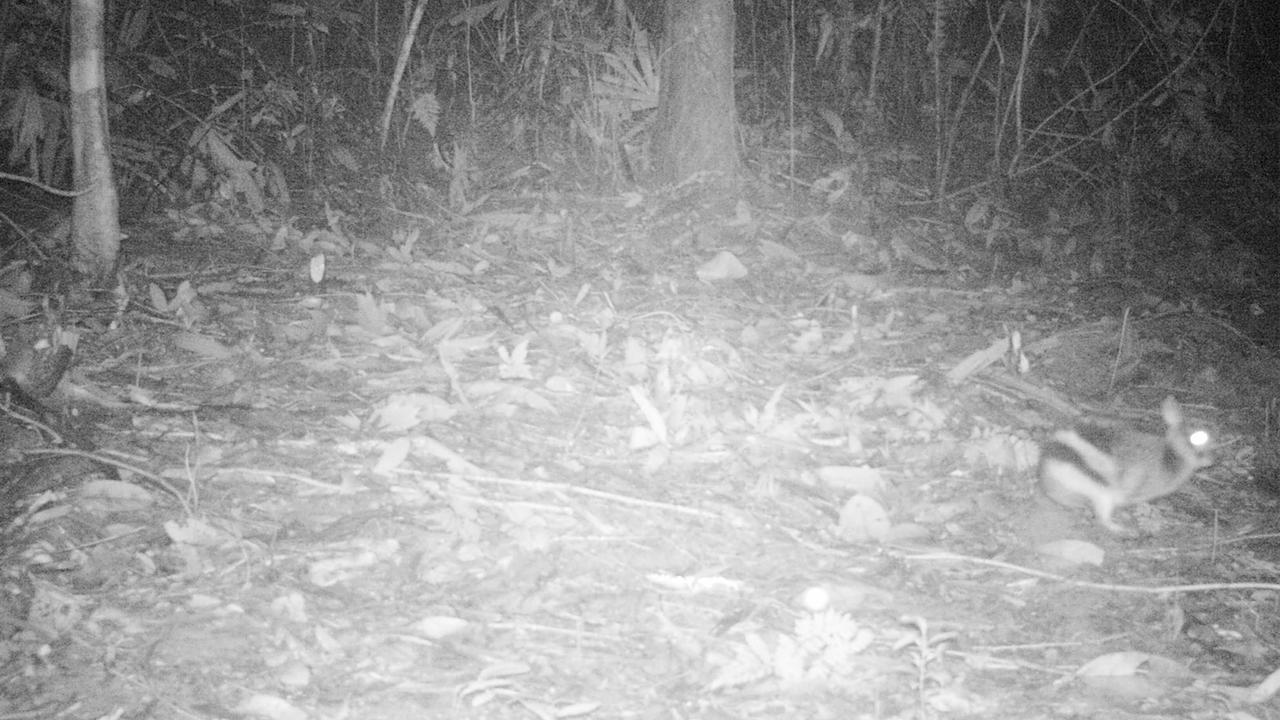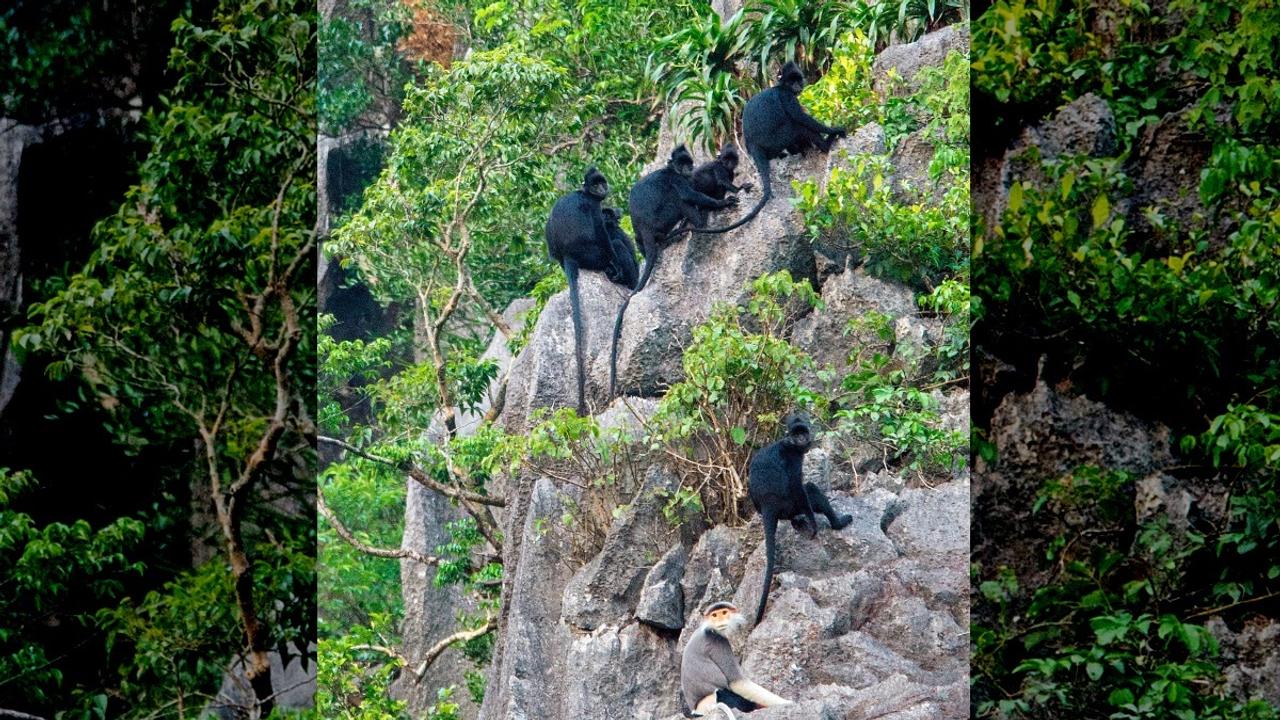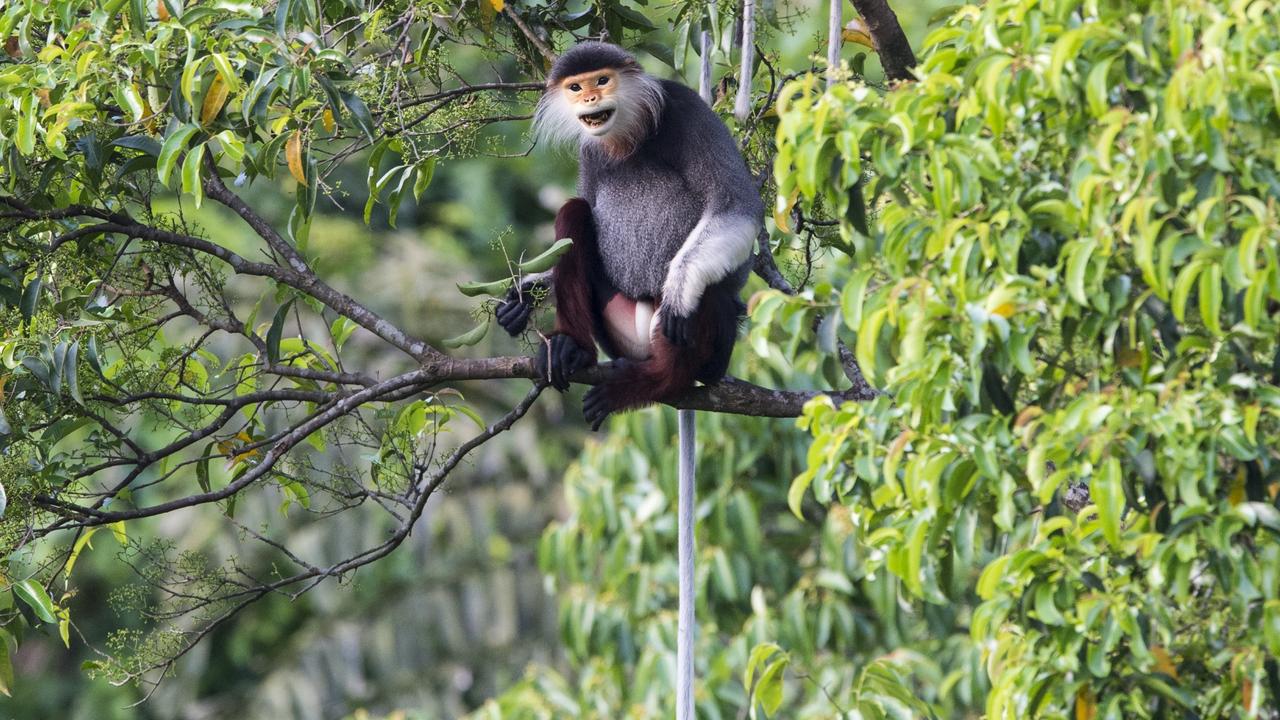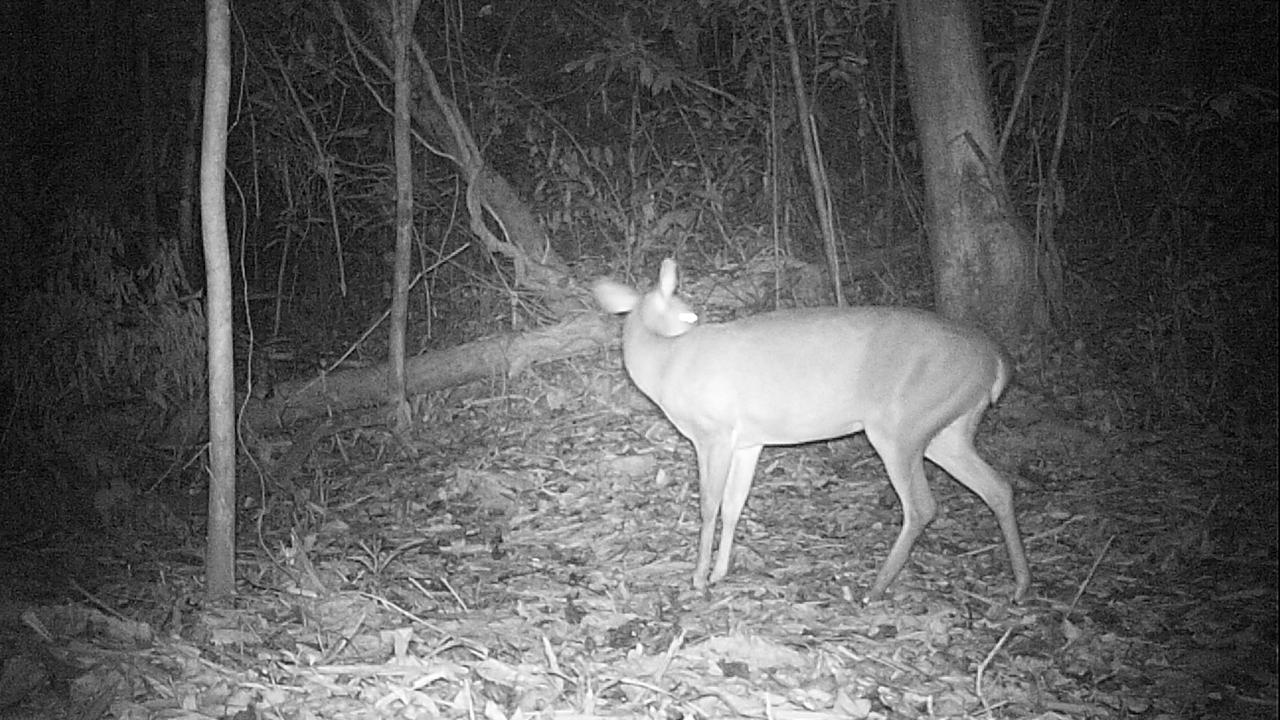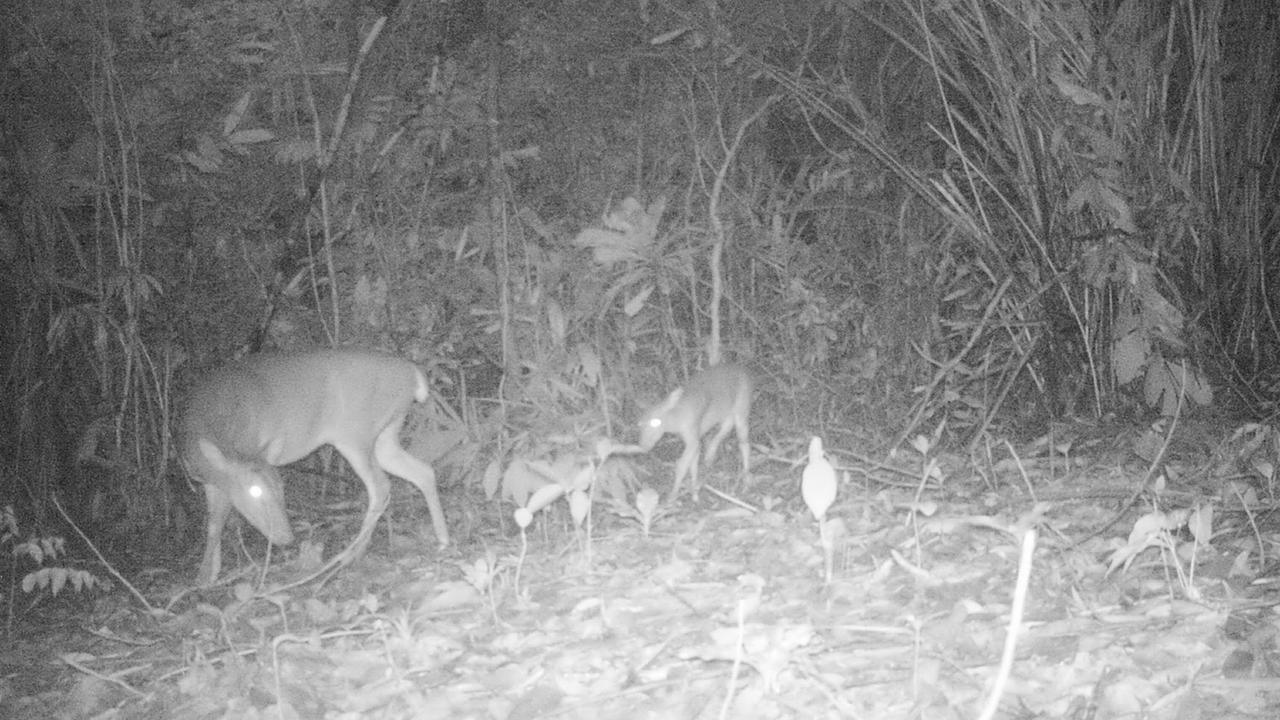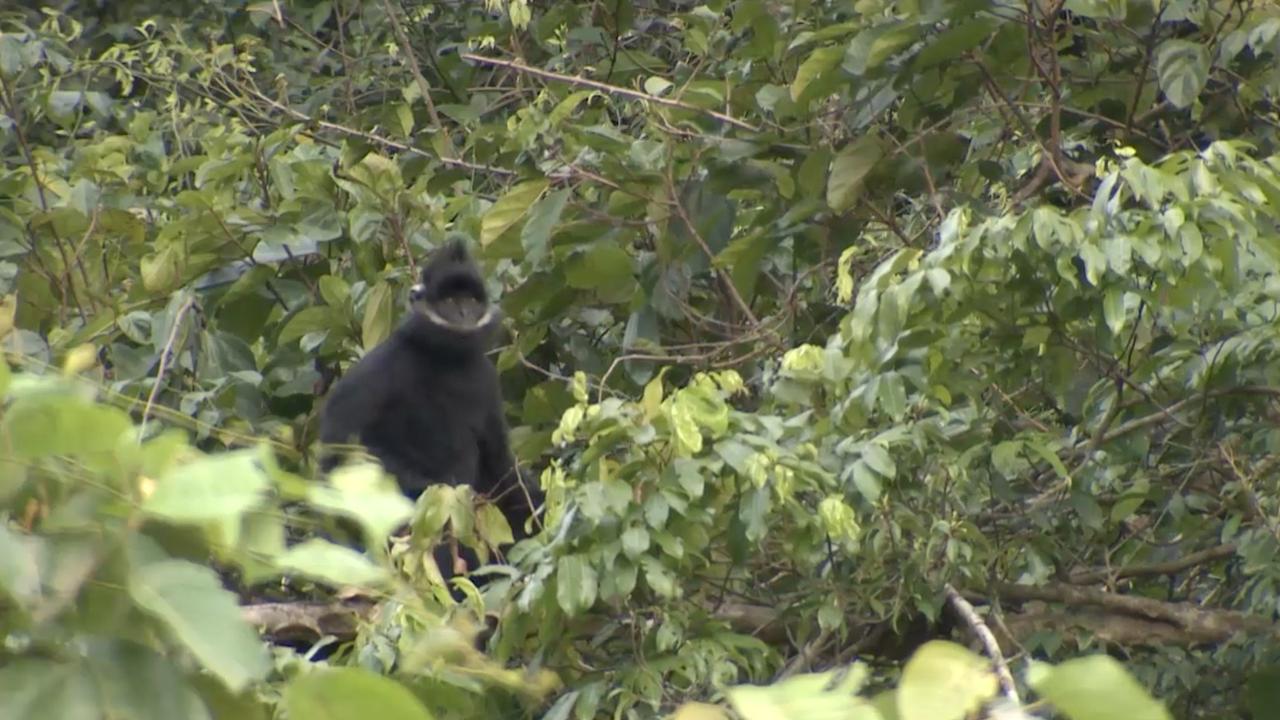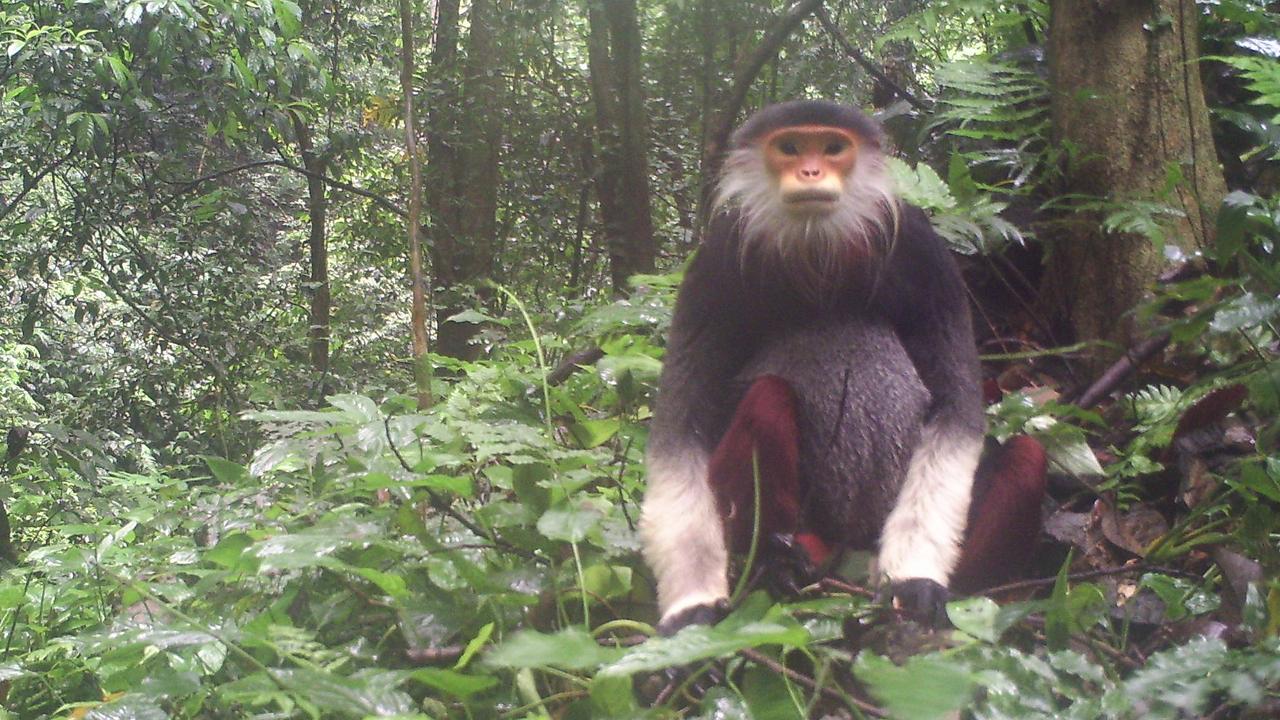Vietnam: home to the world's rarest rabbit (with photos!)
by Guest author on 1st August 2018
Image gallery
Few things please us more than a cracking wildlife photo taken at one of our destinations, and these images make us especially happy. They were captured by the Viet Nature Conservation Centre (VNCC) in Khe Nuoc Trong forest, which we are supporting via the Selective Earth Programme in collaboration with World Land Trust (WLT), an international conservation charity. All photos courtesy of World Land Trust.
Khe Nuoc Trong is a fragment of lowland evergreen forest in the Annamite mountain range, which spans southern Laos and extends into Vietnam and Cambodia on either side. Although the region might not be quite as famous as some of our wildlife holiday hotspots, KNT’s biodiversity is nonetheless extraordinary.
Of all the large mammal species discovered globally during the past century, a third of them were discovered in the Annamites - all within the past 25 years (source: WLT). The area is home to 44 threatened species, including the Critically Endangered Sunda Pangolin, and the beautiful Bourret’s Box Turtle. There are also plans to release a population of captively bred Edward’s pheasants, a species which was decimated by weaponised herbicides such as Agent Orange during the Vietnam War, and is now dependent on a breeding programme to stop it from completely dying out. These iridescent birds have not been recorded in the wild since 2000, but KNT is within their range, and provides a good chunk of undisturbed lowland forest that is perfect habitat in which they could revive their numbers.
Eight recorded primate species live here, too, of which three are endangered, including the Red-shanked Douc monkey - KNT is home to Vietnam’s largest population of these, with around 4,000 individuals in the forest.
Describing the photo (above) of the Red-shanked Douc tagging along with a group of Hatinh Langurs, our colleagues at WLT told us that - as far as they are aware - this behaviour had never been documented before this photo was taken. Interspecies buddying up might seem insignificant to the layperson, but the endangered doucs normally live in groups of their own kind. This one could have been left by itself for a reason for that might be important to researchers.
The camera trap image of the douc sitting on the ground also records unusual behaviour, since doucs usually stay up in the trees. This one’s appearance on the ground is yet to be explained; it’s possible that the doucs have noticed the increasing rarity of ground-based predators, and are getting braver, or perhaps a food shortage up top prompted them to forage in the leaf-litter. Or maybe they’ve heard about the trend for primate selfies...
Red-shanked Douc are one of the more easily spotted species in KNT - a group often gives itself away with a sea of long white tails hanging down from the branches! But camera traps are often the only way to see shyer creatures, and can capture unusual behaviour and even entire species that would otherwise go undocumented. One of KNT’s most elusive species is also one of our favourites - the Annamite Striped Rabbit, first documented by scientists in 1996. It’s easy to love a bunny, and this one is no ordinary rabbit... Only discovered in the 1990s, it is unique to the Annamite region, and is believed to be the world’s rarest rabbit, with distinctive zebra stripes and only one set of relatives, who live 2000km southwards in Sumatra.
Despite barely registering in terms of scientific data, the species doesn’t seem to be camera-shy, as you can see in the photos above! If that’s not enough, you can enjoy a short camera trap video of the rare bunny doing its thing over on WLT’s YouTube channel.
The Critically Endangered Giant Muntjac, also pictured above, is another KNT resident with no confirmed records elsewhere in Vietnam (although, excitingly, there have been sightings in other regions). Greatly under threat from hunting, snaring and habitat loss, this species has declined by about 30% in the last two generations (of giant muntjacs, not humans). Beyond Khe Nuoc Trong, the muntjac’s habitat is disappearing at a rate which simply outpaces efforts to conserve the species; KNT is thus turning into something of an oasis, for this and many other species.
Since 2011, camera trap surveys in the forest have recorded 18 globally threatened species - solid evidence that the area is a crucial habitat, The area has been designated a ‘Watershed Protection Forest’ by the Vietnamese government. A hopeful step, but it only means the forest is protected for its resources, rather than its biodiversity, and the forest’s guardians still have only limited resources for ranger patrols to combat illicit timber extraction and poachers. According to the International Union for Conservation of Nature, the Ho Chi Minh Highway - recently built through the Vietnamese Annamite range - has opened up previously inaccessible habitats to trade-driven hunting.
VNCC is working with the forest’s human neighbours to provide employment and environmental education. A proposal, supported by a committee of local representatives, is underway to elevate KNT’s status to a national Nature Reserve. Although the Khe Nuoc Trong project is a long-term endeavour, and will continue with or without a formal designation, Nature Reserve status would provide greater protection, not to mention improved resources for both public advocacy and enforcement of conservation laws. We’re still waiting with fingers crossed to find out if the application is successful, but you’ll be the first to know when we get the news!
We support the protection of KNT forest through the Selective Earth Programme, which offers all our clients the opportunity to not only reduce their carbon footprint when flying, but also contribute towards conservation projects in Asia. We believe that World Land Trust offers a correctly priced and effective solution to reducing the carbon impact of your flight, through actively conserving rainforest whilst supporting local communities.
We work closely with the trust to identify which projects are a priority for funding, to ensure our donations keep on making a difference. As well as contributing towards the conservation of the Khe Nuoc Trong forest, we are also funding a pilot fruit-tree planting project in the surrounding communities.
Our thanks to the WLT team for their kind help with ensuring the accuracy of this article. Read the full 2017 Khe Nuoc Trong progress report (with a few more photos!). You can also donate directly to World Land Trust.
